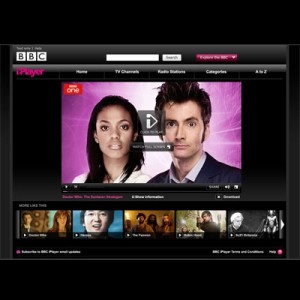Research: On-demand boosts live TV
November 16, 2010
 Increasingly, the main reason people watch on-demand TV is to avoid falling behind with the linear TV schedules, which have been attracting record viewing figures in recent years, according to research published by Thinkbox and Decipher.
Increasingly, the main reason people watch on-demand TV is to avoid falling behind with the linear TV schedules, which have been attracting record viewing figures in recent years, according to research published by Thinkbox and Decipher.
The ‘Tellyport’ research questioned a sample of 3,000 people in the UK and employed a mixture of quantitative and qualitative techniques. It tracked claimed viewing behaviour over the last two years as on-demand TV has become more established, and also ‘tellyported’ six families into the future of TV by equipping them with the latest TV technologies, including internet-connected TV sets and smartphones, and examining how their viewing behaviour was affected.
It found that catching up with live TV is the main reason for the vast majority (89 per cent) of on-demand TV viewing, and that the desire to use on-demand services to catch up has actually increased in recent years, up from 78 per cent in 2008. On-demand viewing is seen as ‘back-up’ viewing and the amount of on-demand TV watched to discover new TV shows has halved since 2008, shrinking from 22 per cent to 11 per cent. The shift has happened as watching TV on demand has become more established; there has been a 25 per cent jump in the number of people claiming to watch TV on demand, up from 64 per cent in 2008 to 80 per cent today, within the sample, which represented the most digitally enabled households.
The research also showed that broadcaster-owned on-demand services are the most popular destinations for viewers. 71 per cent claim to watch BBC iPlayer (up 15 per cent since 2008), 39 per cent watch ITV Player (up 15 per cent), 36 per cent watch 4oD (up 36 per cent), and 12 per cent watch Sky Player (up 6 per cent). 33 per cent claim to watch TV shows on YouTube, which was not a destination for professional TV content in 2008 but which has recently struck deals to show content from professional broadcasters including Channel 4.
The growth in catch-up TV also means that people are becoming more selective about what they watch, with 59 per cent of those questioned claiming they are now more selective about their viewing compared to 30 per cent in 2008. This underlines how people are taking more control over what TV they choose to watch.
